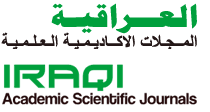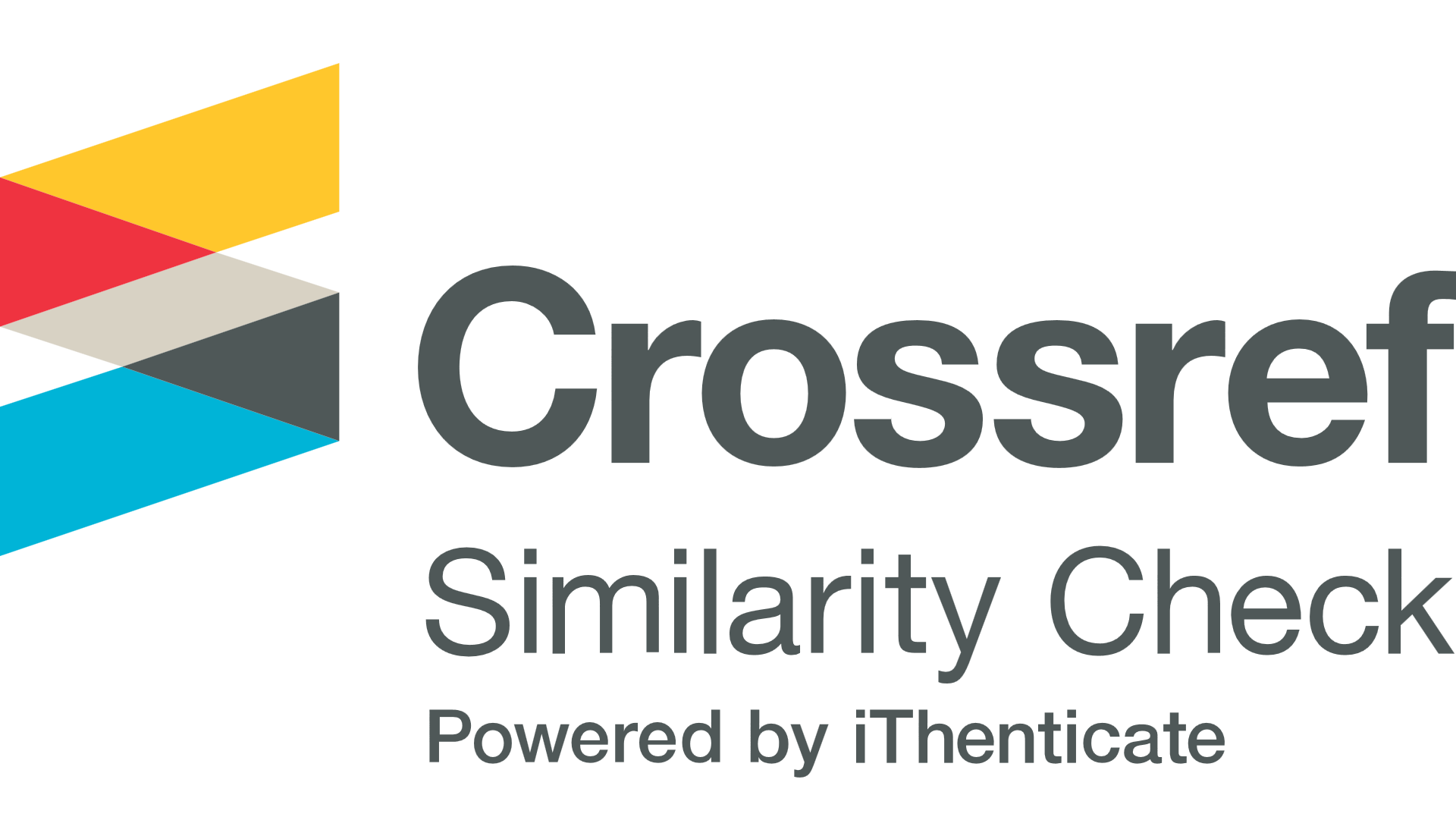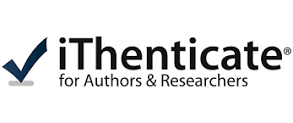A Comparative Study Between Lipid A Extracted from Salmonella typhi and Pseudomonas Aeruginosa to Demonstrate the Extent of its Stimulation of Immune System
Abstract
Lipid A in the cell wall of Salmonella typhi and pseudomonas aeruginosa were extracted and analyzed by the GC/MS technique. Three concentrations were prepared (50, 100, 200) mg/100g of body weight. The sample was divided into two groups of Albino rats, consisting of three animals for each concentration. Lipid A was calculated and then injected in three doses over three consecutive days. Interleukin-2 and Interleukin-9 levels were measured and were (13.11, 3.150, 3.180),(12.183, 15.766, 36766)pg/ml respectively c compared with the controls (3.205 and 6.433)pg/ml for three concentration respectively for Salmonella typhi whereas Pseudomonas aeruginosa were (3.086, 3.159, 3.168),(12.133, 14.400, 21.100) pg/ml compared with the controls (6.337 and 0.230) pg/ml for the three concentrations, respectively. White blood cell counting and total count were (9.052, 9.2033, 9.118)*10l in Salmonella typhi, and were (8.235, 9.239, 8.945)*10l in Pseudomonas aeruginosa. Neutrophils, lymphocytes and monocytes were (5.408, 5.506, 6.221),(3,716, 2.882, 2.405),(0.087, 0.139, 0.1820)*10l respectively for the three concentrations in Salmonella typhi and were(4.353, 5.526, 5.994),(3.944, 3.413, 3.016),(0.123, 0.143, 0.072)*10l respectively for the three concentrations in Pseudomonas aeruginosa. Eosinophils and basophils were (0.342, 0.266, 0.348),(0.281, 0.004, 0.004)*10l for the three concentrations for Salmonella typhi while in Pseudomonas aeruginosa were(0.164,0285, 0.136),(0.000, 0.000, 0.000)*10l respectively for the three concentrations.





